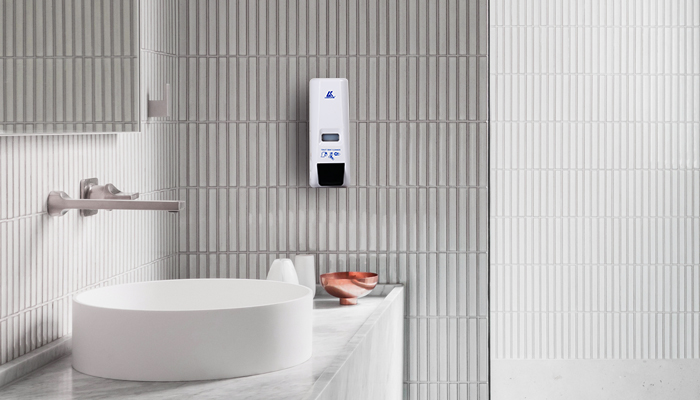We all love the convenience of soap dispensers. Whether it’s a sleek automatic sensor model in a public restroom or a simple pump bottle by your kitchen sink, soap dispensers are everyday essentials that help keep our hands clean and hygienic. But what if the very device designed to promote cleanliness is secretly harboring harmful bacteria?
Unfortunately, without proper care, soap dispensers can become breeding grounds for germs. In this blog, we’ll explore why this happens, the risks involved, and how you can keep your dispensers clean, safe, and functional.
The Hidden Danger: How Soap Dispensers Turn into Bacterial Hotbeds
It might seem counterintuitive—soap is, after all, meant to clean and kill germs. However, the problem isn’t the soap itself but the environment inside and around the dispenser.
-
Moisture and Residual Soap
Soap residue, combined with moisture, creates a perfect environment for bacteria, mold, and yeast to thrive. Over time, a slimy biofilm can develop inside the container, especially in refillable dispensers that aren’t cleaned regularly. -
Frequent Contact
Manual pump dispensers are touched repeatedly with dirty or wet hands, transferring bacteria onto the pump mechanism. Automatic dispensers may avoid hand contact, but they can still accumulate dust, splashes, and grime. -
Contaminated Refills
Research has shown that bulk soap in public restrooms can sometimes be contaminated with bacteria such as Pseudomonas aeruginosa, Klebsiella pneumoniae, or even E. coli. If the dispenser isn’t cleaned between refills, these pathogens can multiply. -
Poor Design or Damage
Cracked containers, leaky pumps, or clogged nozzles can trap moisture and promote microbial growth.
Why It Matters: The Health Risks
Using a contaminated soap dispenser doesn’t just defeat the purpose of handwashing—it can actually spread infections. People with weakened immune systems, children, or the elderly may be especially vulnerable. In worst-case scenarios, harmful bacteria can cause skin infections, gastrointestinal issues, or respiratory problems.
How to Keep Your Soap Dispenser Clean and Safe
Follow these steps to ensure your dispenser remains hygienic:
1. Regular Cleaning Routine
-
Empty and Disassemble: Once a week, empty any leftover soap and take apart the dispenser (if possible).
-
Wash with Hot Water and Soap: Use a bottle brush to scrub the interior with hot, soapy water. Pay special attention to corners and the pump mechanism.
-
Disinfect: Soak the parts in a solution of one part white vinegar or bleach to ten parts water for 5–10 minutes. Rinse thoroughly.
-
Dry Completely: Allow all components to air dry before reassembling. Moisture is the enemy!
2. Deep Cleaning Monthly
For tougher buildup, use a baking soda paste or a specialized disinfectant cleaner. Avoid abrasive tools that could scratch plastic surfaces, as scratches can harbor bacteria.
3. Refill Wisely
-
If you refill from a large bottle, ensure the source is clean and sealed when not in use.
-
Consider using sealed soap cartridge systems instead of open refills.
-
Never mix old and new soap—always clean the dispenser first.
4. Inspect for Damage
Check for cracks, leaks, or malfunctioning parts. Replace damaged dispensers immediately.
5. Go for Automatic or Touch-Free Options
Sensor-operated dispensers reduce physical contact and may lower the risk of cross-contamination. However, they still require regular cleaning.
6. Use High-Quality Soap
Choose antibacterial or antimicrobial soaps when possible. Avoid diluting soap with water, as this can encourage bacterial growth.
Special Tips for Public or High-Use Settings
In restaurants, offices, schools, or healthcare facilities, maintenance is even more critical:
-
Assign staff to clean and disinfect all soap dispensers daily.
-
Use disposable soap cartridges or sealed systems.
-
Keep a maintenance log to ensure consistency.
Conclusion: A Little Effort for a Lot of Protection
Soap dispensers are meant to help us stay healthy—not put us at risk. By incorporating simple cleaning habits into your routine, you can prevent your dispenser from turning into a bacterial hotbed.
Remember: clean hands start with a clean dispenser!



